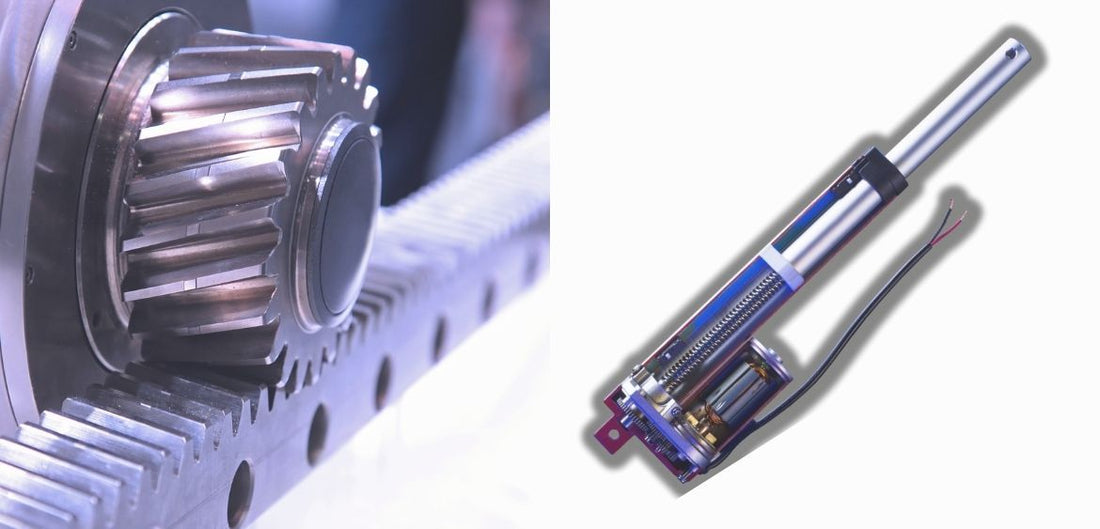Want to know more about linear motion and the other three types?
Everything naturally wants to move and change. In the world of mechanics, there are four basic types of motion. These four are rotary, oscillating, linear and reciprocating. Each one moves in a slightly different way and each type of achieved using different mechanical means that help us understand linear motion and motion control.
Rotary Motion
Rotary motion is anything that moves in a circle. This type of motion was among the first discovered in ancient times. Think of a spinning wheel on which people spun wool. A car's engine works the same way. Like linear cylinders, rotary actuators are used across a wide range of industries and come in electric, pneumatic and hydraulic options.
Oscillating Motion
Something that oscillates moves back and forth. Anything that repeats the motion cycle after a certain period is considered to be oscillating. This type of motion is found everywhere in our world: a sprinkler system, the pendulum of a clock or even sound waves.
You may be thinking that a rotary actuator functions as an oscillating device, and for that matter, so does a linear one when it repeats a continuous movement. When it comes to actuators, linear and rotary can be viewed as oscillating.
Linear Motion
Simple enough, linear motion is anything that moves in a straight line, like our linear actuators. Time, as far as we know, moves in a linear fashion. Just like rotary devices, you can find linear cylinders in electric, pneumatic or hydraulic options. They have driven the field of automation, manufacturing, robotics, and others into a new age because, in the past, rotary motion was the only means to create motion.




